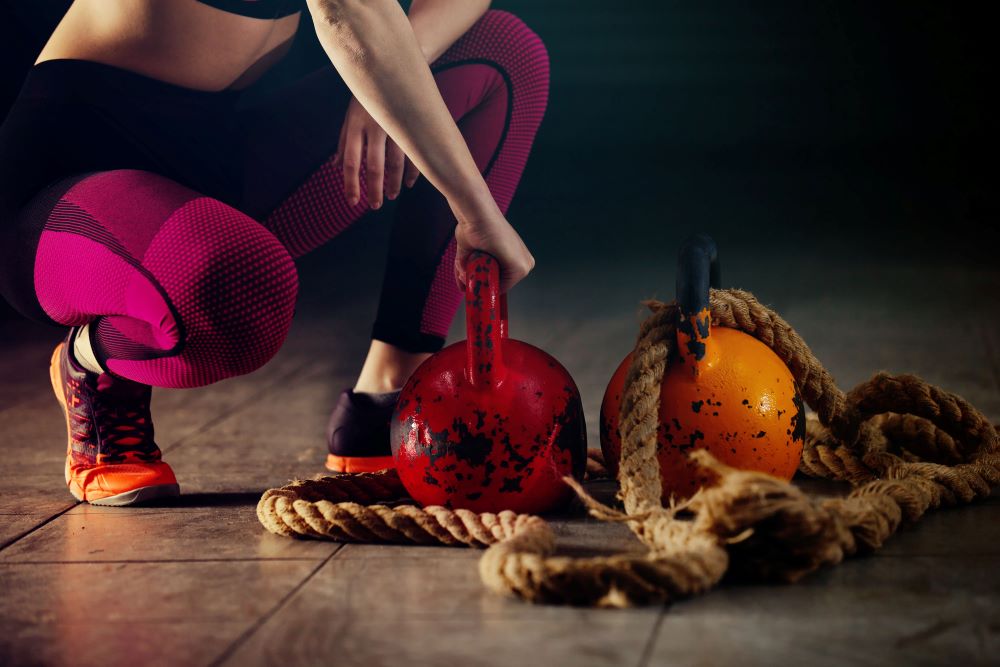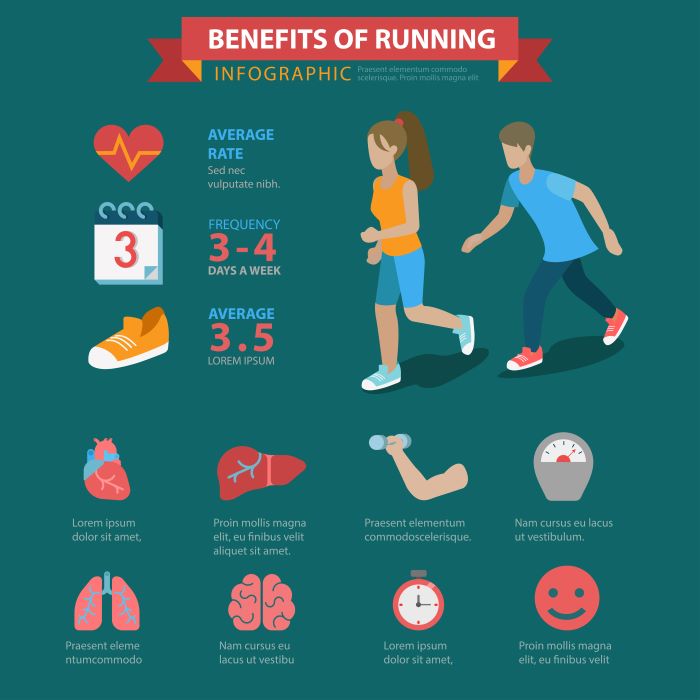When embarking on your fitness journey, choosing the right footwear can make all the difference. The debate of workout vs running shoes is one that many fitness enthusiasts encounter. Both types of shoes serve distinct purposes and cater to specific activities, making it crucial to understand their differences.
Running shoes are primarily designed for forward motion, providing essential features such as cushioning, arch support, and breathability. They are built to absorb the impact of repetitive foot strikes on hard surfaces, which is vital for long-distance runners. On the other hand, workout shoes focus on providing stability and versatility for various activities, including weight training, aerobics, and high-intensity interval training (HIIT). Their design emphasizes lateral movement, grip, and a flatter sole to ensure balance during dynamic exercises.
Choosing the right shoe can enhance performance, reduce the risk of injury, and improve overall comfort. It’s not just about aesthetics; the right footwear can contribute significantly to your fitness outcomes. Understanding your specific athletic needs and the types of activities you engage in is essential when making this decision.
Ready to dive deeper into the world of footwear? Visit our website to learn more and get started today! Click here.
Understanding the Purpose of Workout Shoes
Workout shoes are tailored specifically for various gym activities and fitness routines. Unlike running shoes, which prioritize cushioning for forward motion, workout shoes are designed to provide support for multiple directions and movements. Understanding the purpose of these shoes can help you optimize your training sessions and enhance your performance.
One of the primary features of workout shoes is their stability. This is crucial for activities such as weightlifting or circuit training, where maintaining balance is essential. The flatter sole of workout shoes allows for better ground contact, providing a solid base during exercises like squats and deadlifts.
Additionally, workout shoes often incorporate breathable materials that help wick away moisture, keeping your feet cool and comfortable during intense workouts. This is especially important during high-intensity training sessions where perspiration levels can rise dramatically.
Moreover, workout shoes typically feature enhanced grip and traction to prevent slipping during lateral movements and high-impact activities. This characteristic is vital during aerobics, kickboxing, or other fitness classes that require quick direction changes.
In summary, workout shoes are essential for anyone looking to engage in a variety of fitness activities. Their design prioritizes stability, comfort, and versatility, making them a sound investment for your workout wardrobe.
Exploring the Features of Running Shoes
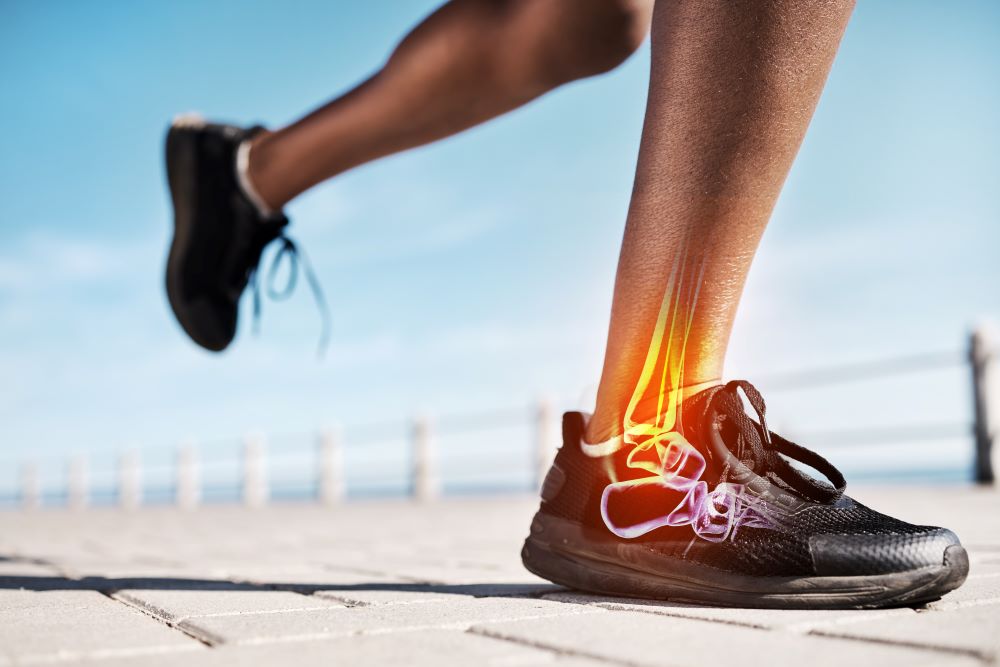
Running shoes are engineered with specific features that cater to the unique demands of running, making them distinct from workout shoes. Understanding these features can help runners choose the right pair for their individual needs and enhance their performance on the track or trail.
One of the standout characteristics of running shoes is their cushioning system. This is designed to absorb impact as the foot strikes the ground, reducing stress on joints and providing a comfortable experience over long distances. Various brands incorporate different types of cushioning technologies, ranging from gel inserts to foam midsoles, tailored to provide optimal support.
Another important feature is the flexibility of the shoe. Running shoes often have a flexible forefoot, allowing for a natural stride and promoting a smoother transition from heel strike to toe-off. This flexibility helps to enhance running efficiency and reduces fatigue during long runs.
Additionally, running shoes prioritize breathability through mesh uppers that allow for air circulation. This is crucial for maintaining foot temperature and moisture control, especially during extended runs in warm weather.
Finally, the heel-to-toe drop is a vital aspect of running shoe design. This refers to the height difference between the heel and the forefoot, influencing running mechanics and comfort. Runners often have preferences regarding drop based on their running style and personal comfort.
Overall, the thoughtful engineering behind running shoes enhances performance, promotes comfort, and helps prevent injuries, making them an essential component of any runner’s gear.
Comparing Comfort and Support in Both Types

When it comes to choosing the right footwear, comfort and support are two of the most critical factors to consider—especially in the discussion of workout vs running shoes. Both types of shoes aim to provide a comfortable experience, but they do so in different ways based on the activities they are designed for.
Running shoes are specifically crafted to support the biomechanics of running. They typically feature advanced cushioning systems that absorb shock and provide a plush feel, which is essential for long-distance runners. This cushioning is often tailored to the runner’s foot type and gait, offering varying levels of support based on pronation, which is the way the foot rolls inward upon landing. The result is a shoe that not only feels good but also helps to mitigate the risk of injuries.
On the other hand, workout shoes are designed with versatility in mind. They provide a stable base for various activities, from weightlifting to high-intensity interval training (HIIT). The support in workout shoes tends to be more rigid, offering lateral stability for side-to-side movements. This makes them ideal for activities that require quick changes of direction, as they reduce the risk of ankle sprains.
In terms of comfort, workout shoes often prioritize a snug fit that secures the foot during dynamic movements, while running shoes generally emphasize a roomier toe box to accommodate the natural swelling that occurs during runs. This distinction is vital for athletes to consider when selecting the appropriate footwear for their specific activities.
Ultimately, the choice between workout and running shoes comes down to the type of activities you engage in regularly. Understanding the differences in comfort and support can help you make an informed decision that enhances your performance and enjoyment in your fitness journey.
Choosing the Right Shoe for Your Activity
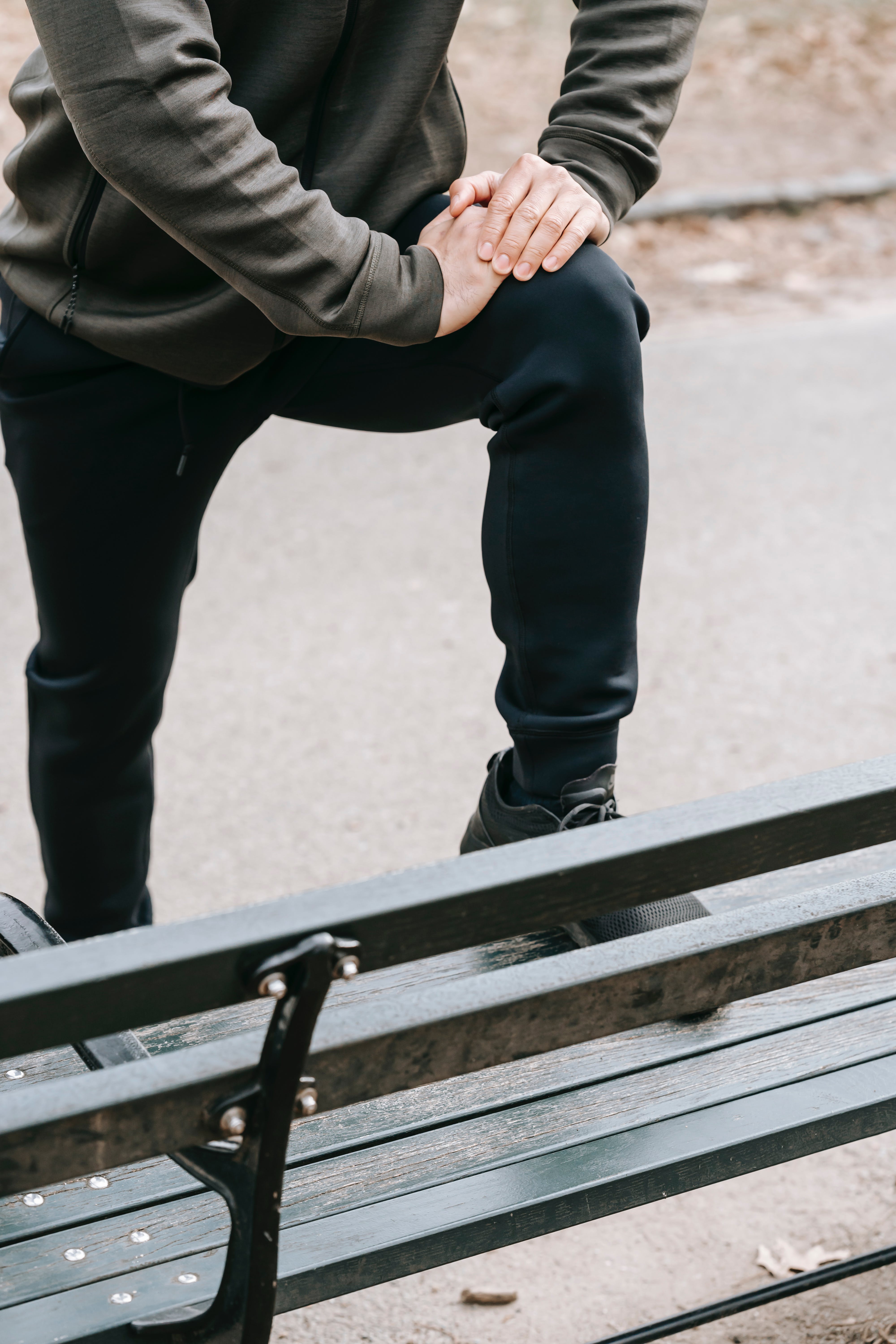
Selecting the right shoe for your specific activity is essential for maximizing performance and minimizing the risk of injury. Each type of shoe is tailored to the unique demands of various workouts, making it crucial to analyze your fitness routine and the environments in which you train.
If you’re primarily a runner, investing in a quality pair of running shoes is advisable. Look for shoes that match your foot type and running style. For example:
- Neutral runners</: Those with a neutral gait can opt for cushioned running shoes that provide adequate shock absorption without excessive support.
- Overpronators: Runners who roll their feet inward should seek stability or motion control shoes that offer additional support to prevent injuries.
- Underpronators: Those who tend to roll outward can benefit from shoes that provide extra cushioning and flexibility to promote a more natural foot motion.
On the other hand, if your workouts include a mix of strength training, group classes, or cross-training, workout shoes may be the better choice. These shoes typically offer:
- A stable base for lifting weights, ensuring proper form and balance.
- Flexibility for agility drills, making them suitable for high-intensity training.
- Support for lateral movements, which is beneficial for circuit training or group fitness classes.
For those who participate in multiple activities, consider having both types of shoes in your collection. This way, you can switch between them depending on your workout focus for the day. Ultimately, taking the time to choose the right shoe tailored to your specific activities will enhance your comfort, performance, and overall fitness experience.
Conclusion: Making an Informed Decision
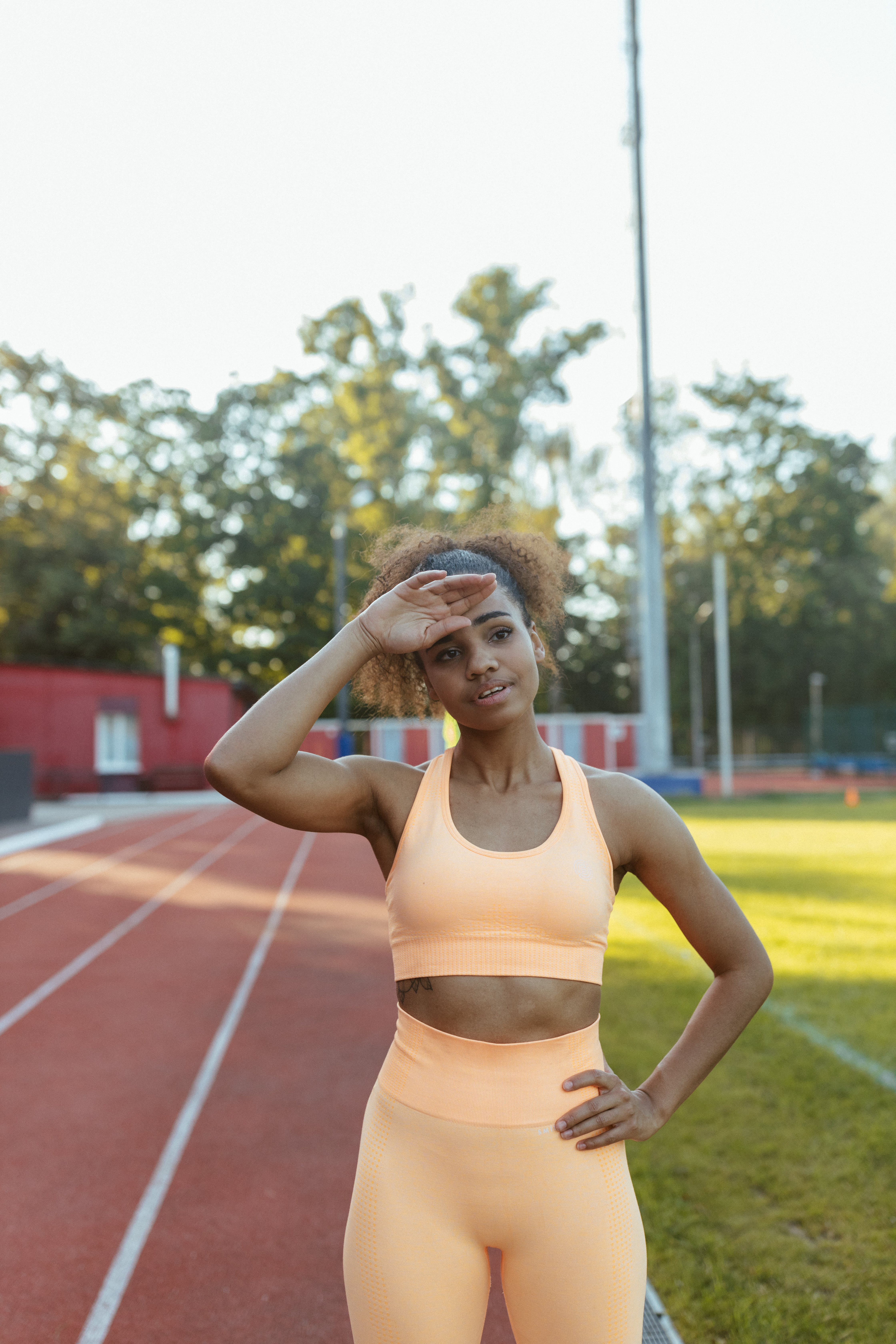
When it comes to the debate of workout vs running shoes, making an informed decision is key to enhancing your fitness journey. Both types of footwear serve distinct purposes and cater to specific activities, so understanding their differences can significantly impact your performance and comfort.
Consider factors such as the nature of your workouts, your foot type, and personal preferences when selecting shoes. Whether you prioritize cushioning for long runs or stability for weightlifting, each choice should align with your fitness goals and the activities you engage in most frequently.
Furthermore, investing in the right footwear can help reduce the risk of injuries, ensuring that you can enjoy your workouts without unnecessary setbacks. With the right knowledge and a thoughtful approach to your shoe selection, you can stride confidently toward achieving your fitness objectives.
Ready to take the first step in finding the perfect footwear for your fitness needs? Visit our website to learn more and get started today! Click here.

